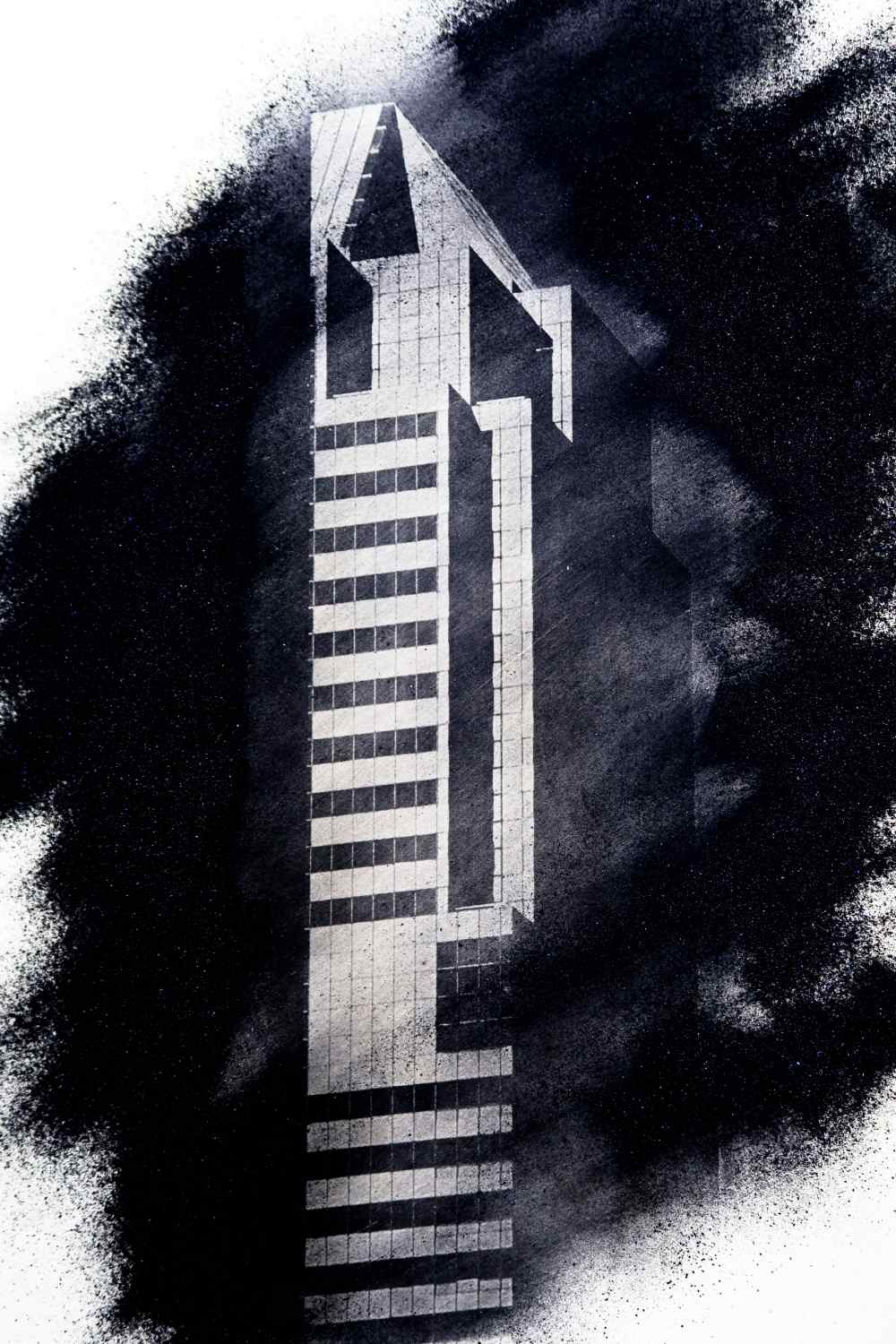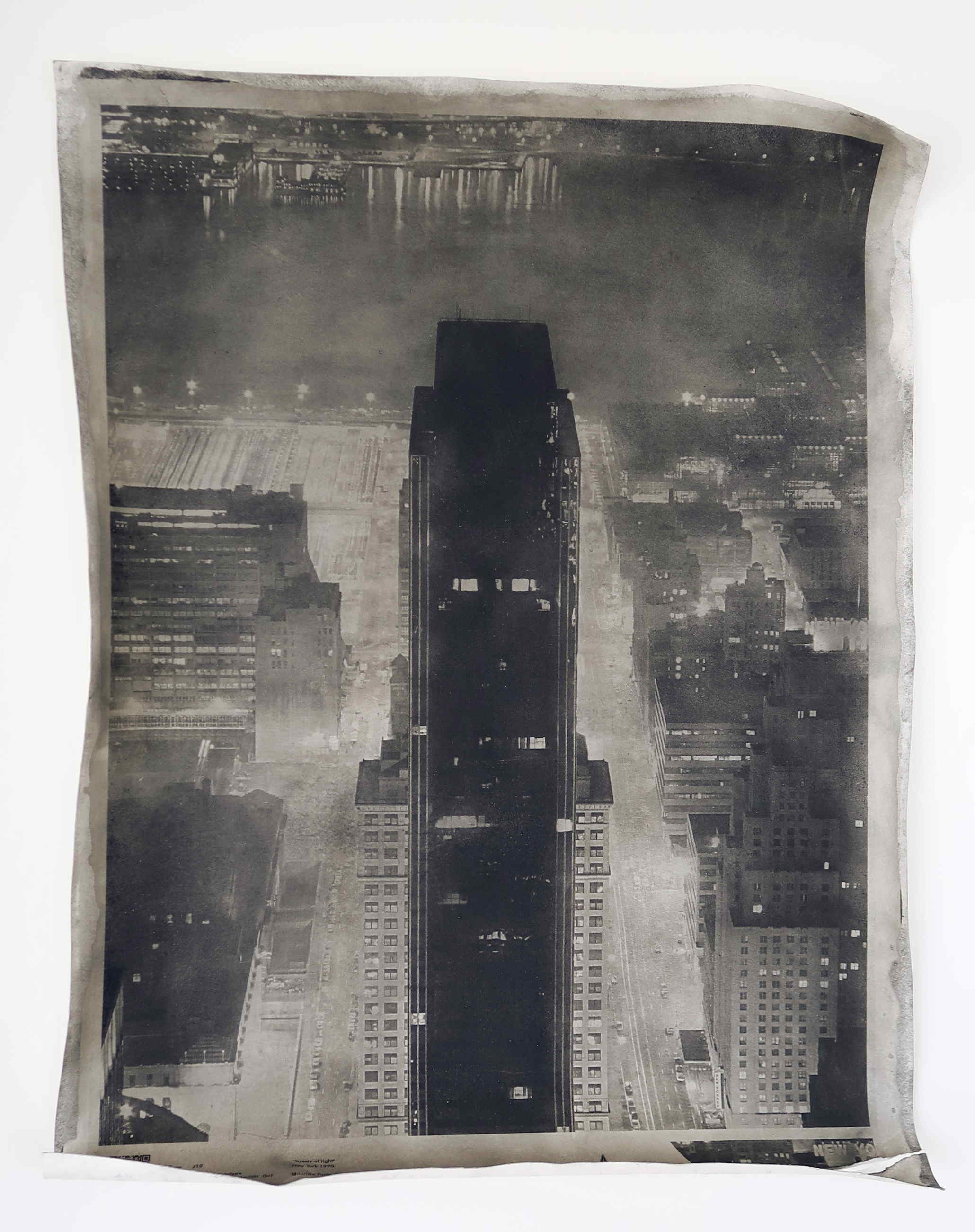Fine art photo: il linguaggio
Nell’ambito della ricerca fotografica “fine art photo” si individuano solitamente due filoni: quello della fotografia “specchio della realtà”, dove l’oggetto inquadrato vale per se stesso e quello della fotografia “indizio” della realtà, dove l’oggetto diviene presenza tangibile di un’assenza.
Paolo Grassi ha scelto una terza via, quello della fotografia come “sintesi del reale”, in cui l’oggetto inquadrato viene riportato alla sua forma pura alle sue linee essenziali attraverso un costante labor limae.
Le inquadrature sono precise, strette, spesso asimmetriche, in modo da sintetizzare le peculiarità dell’oggetto fotografato ed evidenziarlo rispetto all’ambiente in cui è inserito.
Sono eliminati gli elementi che possono portare all’individuazione del contesto temporale e che creano disturbo: auto, passanti,… elementi non essenziali alla “fine art photo”.
Il colore è utilizzato con procedimento di sottrazione, similitudine che compara la fotografia di Paolo Grassi alla tecnica della scultura e della modellazione solida tridimensionale. Con questi procedimenti il materiale viene tolto dal blocco grezzo per mettere in evidenza la forma vista dall’artista.
Spazi, volumi,
forme nella “fine art photo”
I soggetti preferiti per le “fine art photo” sono quelli attinenti all’architettura e all’ambiente. L’amore per l’architettura antica e soprattutto moderna, sviluppato negli studi universitari, lo porta alla ricerca degli elementi che sintetizzano gli spazi volumetrici e le forme. Prima dello scatto e, successivamente, prima della stampa, l’artista compie un’analisi semantica delle opere architettoniche riprese, per mettere in evidenza gli elementi essenziali che le contraddistinguono e per riportare alla luce gli effetti visivi pensati dal progettista.
Si riconoscono in questa idea di fotografia anche gli influssi delle correnti artistiche predilette dall’artista, il cubismo analitico in cui le forme vengono ridotte a elementi semplici, i piani sono scomposti, ribaltati, assemblati, gli oggetti o i personaggi raffigurati non sono immediatamente riconoscibili e il neoplasticismo la cui l’idea di fondo che nessuna forma esista a priori ma si produca con l’atto del costruire riecheggia in tutta l’opera fotografica di Maurizio Paolo Grassi
Alla base della sua “filosofia” fotografica di “fine art photo” si può riconoscere l’aspirazione a un mondo più pulito, privo di sovrastrutture ideologiche, il desiderio di un ritorno dell’uomo ai bisogni essenziali, in armonia con se stesso e l’ambiente.
The language
Paolo Grassi chose a third street, the one of photography as a “synthesis of the real”, in which the framed object is brought back to its pure form to its essential lines through a constant limae work.
The shots are precise, narrow, often asymmetrical, so as to summarize the peculiarities of the photographed object and highlight it with respect to the environment in which it is inserted.
Elements that can lead to the identification of the temporal context and create disturbance are eliminated: cars, passers-on, … elements not essential to “fine art photo”.
The color is used with subtraction, a similarity that compares the photography of Paolo Grassi to the technique of sculpture and solid three-dimensional modeling. With these procedures the material is removed from the rough block to highlight the shape seen by the artist.
Spaces, volumes,
Shapes in the “art photo”
The favorite subjects for photography are those related to architecture and the environment. The love for ancient and above all modern architecture, developed in university studies, leads to the search for elements that synthesize volumetric spaces and shapes. Prior to the shot and then before the print, the artist performs a semantic analysis of the architectural works he has taken, to highlight the essential elements that distinguish them and to bring back the visual effects conceived by the designer.
This idea of photography also recognizes the influences of artistic currents preferred by the artist, analytical cubism in which shapes are reduced to simple elements, planes are broken, overturned, assembled, objects or characters depicted are not immediately recognizable and The neoplasticism whose fundamental idea that no form exists a priori but is produced with the act of building echoes in all the photographic work by Paolo Grassi
At the base of his “fine art photo” philosophy, one can recognize the aspiration to a cleaner world without ideological superstructures, the desire for a return of man to the essential needs, in harmony with himself and ‘environment.


